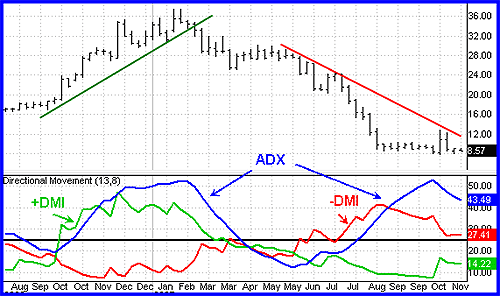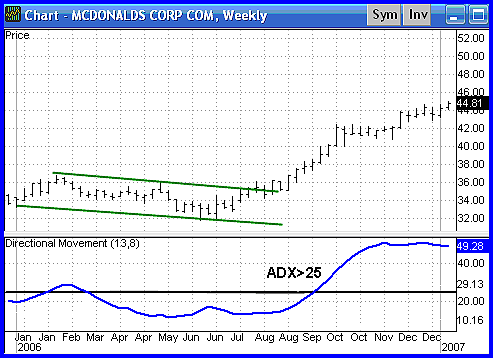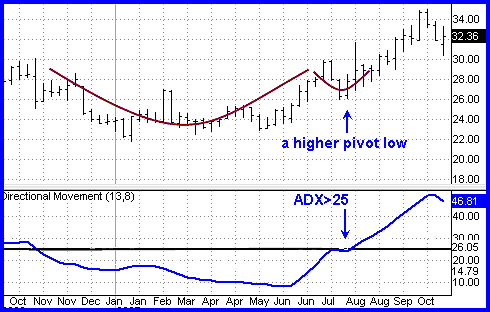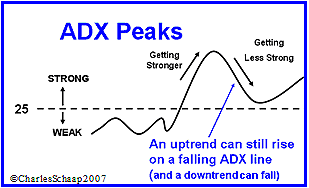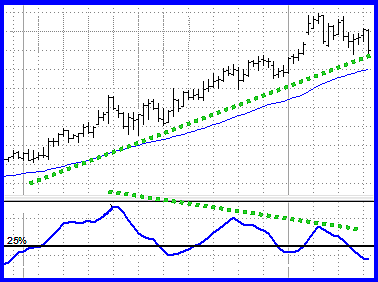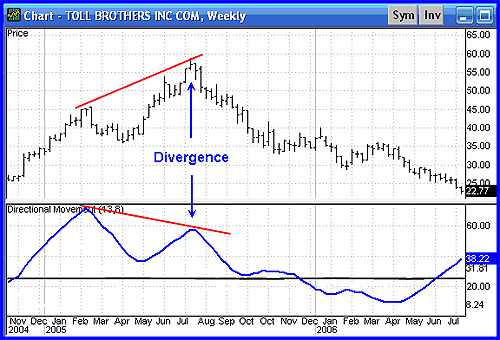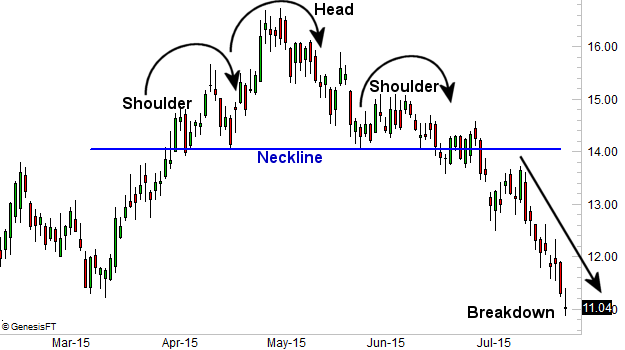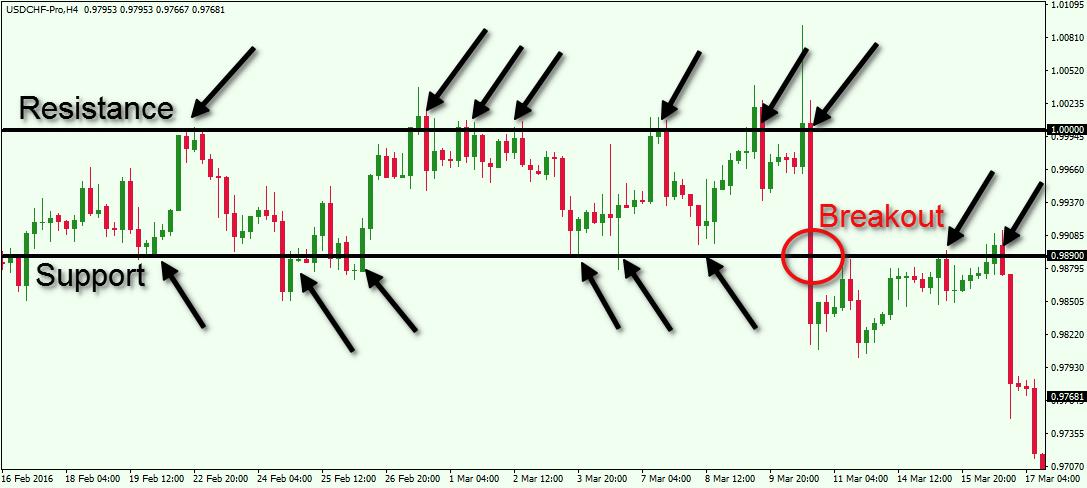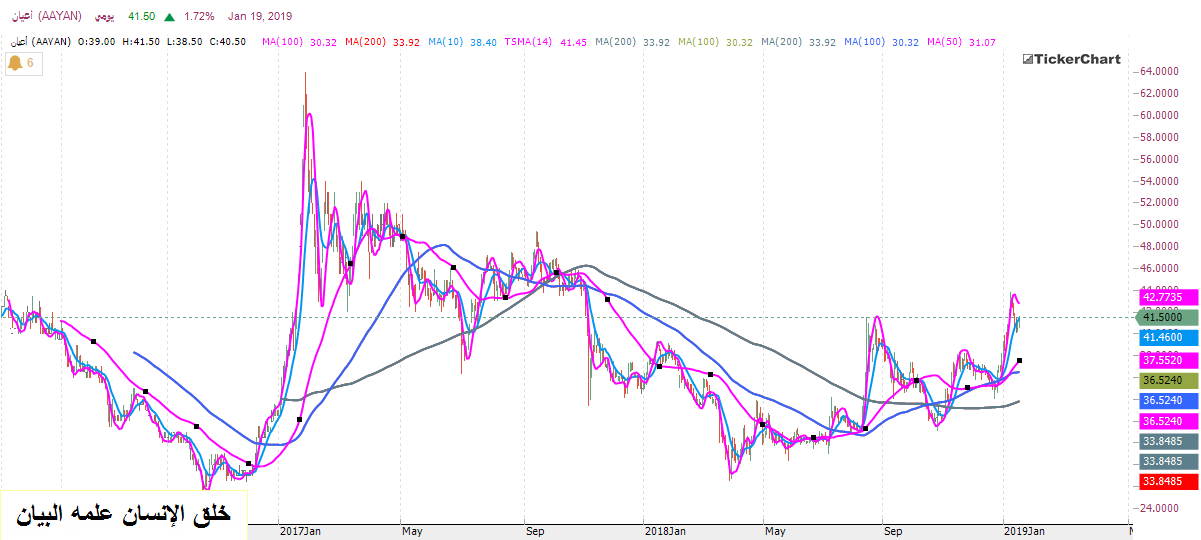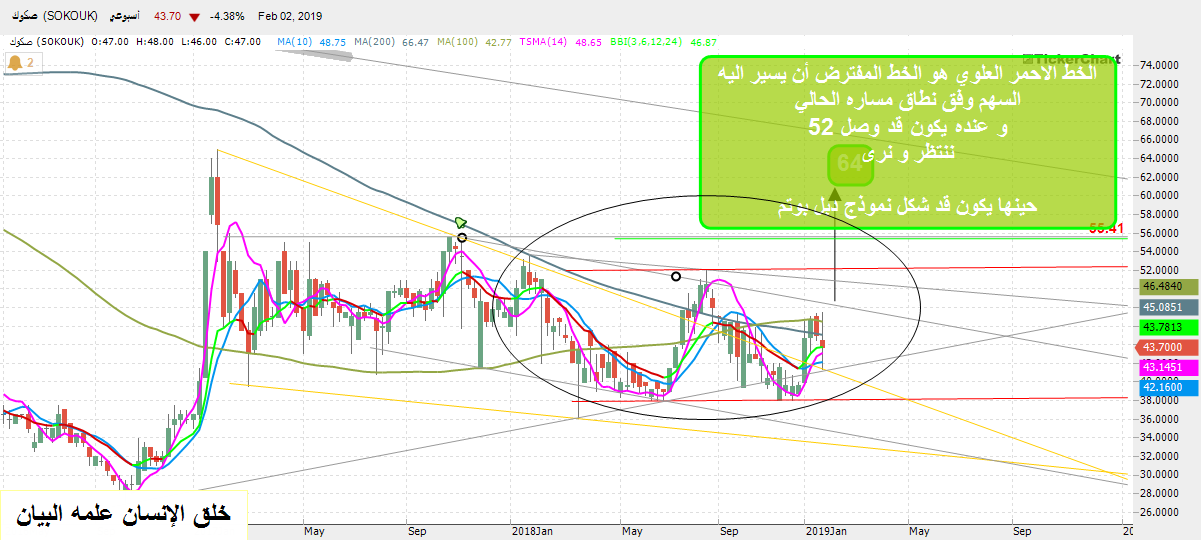Head & Shoulders Pattern In Technical Analysis Charting
Keys to Identifying and Trading the Head and Shoulders Pattern ...
Basic Principles of Technical Analysis in the FX Market
FOREX TRADING ARTICLES
Twitter 0Tweet !function(d,s,id){var js,fjs=d.getElementsByTagName(s)[0];if(!d.getElementById(id)){js=d.createElement(s);js.id=id;js.src="//platform.twitter.com/widgets.js";fjs.parentNode.insertBefore(js,fjs);}}(document,"script","twitter-wjs");" style="box-sizing: border-box; position: absolute; top: 12px; left: 16px; width: 105px; min-height: 15px; text-align: left; line-height: 15px; bottom: 10px;">Facebook 0Google+0 (function() { var po = document.createElement("script"); po.type = "text/javascript"; po.async = true; po.src = "
https://apis.google.com/js/plusone.js"; var s = document.getElementsByTagName("script")[0]; s.parentNode.insertBefore(po, s); })(); " style="box-sizing: border-box; position: absolute; top: 12px; left: 16px; width: 105px; min-height: 15px; text-align: left; line-height: 15px; bottom: 10px;">
When you trade Forex, you should carefully implement an analytical approach as part of your trading strategy. If you have been around the markets for any length of time, you will have heard of technical analysis. This is one of the two primary forms of currency analysis. And, I believe, the more essential part of the trader’s arsenal. So in this article, we are going to discuss what technical analysis is and how you can incorporate it into your trade analysis for better market timing.
Download the short printable PDF version summarizing the key points of this lesson….
Click Here to Download
What is Technical Chart Analysis?
Technical analysis, as it relates to forex, is an on-chart examination of the respective currency pair in an effort to find price patterns that can provide clues into future price movement. Fx technical analysis relies on past Forex data, which is taken into consideration when determining potential support and resistance levels. It is commonly accepted that if a Forex pair bounces from a specific level or
pivot point, the pair is likely to conform to this level in future.
As such technical trading at its most basic level involves using horizontal and diagonal lines in an attempt to find and trade support and resistance zones . This type of trading is often referred to as pure price action trading. Other assistant tools, which technical traders sometimes use, are
technical analysis indicators.
By combining different technical tools, Forex traders are able to perform a detailed chart analysis of Forex pairs to ultimately hone in on the best trading opportunities on their
chosen timeframe.
 Support and Resistance as a Primary Technical Analysis Tool
Support and Resistance as a Primary Technical Analysis Tool
If you want to learn technical analysis, you should start with understanding what support and resistance is.
Support and resistance are psychological levels on the chart. These are levels which the price action tends to conform to. If the price creates a top at a certain exchange rate, an eventual return to this level often causes the price action to hesitate. Sometimes the price breaks the level and continues its progress.
However, in many cases reaching an already created level might cause the price to bounce. For this reason traders use support and resistance levels for entry and exit points of their trades. But what is the difference between support and resistance?
Support Levels
A price support level is a specific level on the chart, which the price tests while it is decreasing. In this manner, supports are located below the price action. If the price meets a support on its way down, there is a good chance that the price will bounce off in a bullish direction.
On the other hand, if the price breaks a crucial support area on the chart, then we expect the decrease to continue to the next lower level of price support.
Imagine you are in a short trade in the EUR/USD and the pair is decreasing in your favor. Suddenly, the price meets an old support level, which has been tested and has held on prior attempts.
In this case, the respective support level would be a good exit point. You would close your trade in anticipation of a minor or major reversal off the support zone.
Now imagine instead, the price breaks that support. In this case, assuming that your bias is still to the downside, You can reopen your trade in order to catch an eventual further price decrease.
Resistance Levels
Resistances on the chart act absolutely the same way as supports, but in the opposite direction. When the price is increasing and starts hesitating at a certain level, we say that the price has found resistance. In the case of another price interaction with this same resistance area, we might expect another bounce from this level.
Same as with support levels, if the price breaks a resistance level, we expect a continuation of the rally. As such, resistance areas are used to set entry and exit points when trading – similar to supports.

Let’s assume you are in a long trade in the GBP/USD, and the price is steadily increasing. The price action then meets a resistance level on the chart.
In this case, this resistance is a good exit point from the trade. You can exit the trade in anticipation of a minor or major reversal off the resistance zone.
However, the price might go through this level, right? If this happens, you can then reopen your trade after the breakout for an attempt to catch a further price increase.
Let’s look at this price chart below, which illustrates support and resistance levels in action:
Above you see the H4 chart of the Swissy (USD/CHF) for Feb – Mar, 2016. Note how the price action is squeezed between two well defined levels on the chart. We have the resistance at the level of 1.0000 and the support at 0.9890.
Notice that both levels are many times tested and they both contain the price action for a relatively long time. At the same time, there are a few cases where the price manages to go below the two psychological levels, but proved to be false breakouts. So the bottom line is that the majority of the price action managed to stay within the corridor formed between 1.0000 and 0.9890. The resistance gets tested approximately 7 times and the support about 6 times. The 7th time the price tests the support leads to a real breakout through that level. After breaking the support, the USD/CHF begins a sideways movement and eventually tests the already broken support as a resistance. The price then bounces downwards, creating new lows.
Learn What Works and What Doesn’t In the Forex Markets….Join My Free Newsletter Packed with Actionable Tips and Strategies To Get Your Trading Profitable…..
Click Here to Join
Every price bounce from the support at 0.9890 could be used to open long trades, which could be closed when the price interacts with the 1.0000 resistance. In addition, every price interaction with the 1.0000 resistance could be used to open short trades. When the price meets the 0.9890 support you would look to close these trades. Then when you spot the breakout on the support side, you would prepare to go short on an assumption for a further decrease. More aggressive traders would enter on be breakout candle and less aggressive traders would wait for the retest before entering into the short position.
Forex Technical Analysis Using Trend Lines
Another important building block when trading with technical analysis in currency pairs are the use of trend lines. The trend line acts as a diagonal support and resistance which measures the scope of a price tendency (trend). A Trend line is an on-chart straight diagonal line, which connects the tops and/or the bottoms of the price action, depending on the direction of the overall trend. Let’s now dive into the
different trend lines you can use on the chart.
Bullish Trend Line
The bullish trend line is a straight line, which connects the sloping candle lows on the chart during an uptrend. In this manner, the bullish trend line is always located below the price action. Since the bullish trendline is located beneath, on its way up the price is frequently bouncing from it. Therefore, the bullish trend line acts as a support for the price movements.
If there is a bullish tendency on the chart, and the price returns to the bullish trend line and bounces upwards, then we have a nice opportunity for a long trade. In this case you can buy the currency pair on an assumption that the price is likely to increase for a new leg up. However, if the price goes through the bullish trendline, then we say we have a bearish breakout in the trend. When a bullish trend gets broken, we expect the price to change direction and begin to move to the downside.
 Bearish Trend Line
Bearish Trend Line
The bearish trend line acts the same way as the bullish trend line, but in the opposite direction. Bearish trendlines are used to visualize and measure the price action during bearish tendencies on the chart.
In this manner, bearish trend lines are located above the price action and they connect the tops of the candles during downward moves. When the price is in a down run, it frequently bounces in a bearish direction from its bearish trendline.
When the price returns to its bearish trend line and bounces from it, we expect a further price decrease. However, if the price goes through the bearish trend in a bullish direction, we say the trend is broken upwards. In this manner, we expect the price to interrupt the bearish tendency and to reverse to the upside.
Let me now show you how a trend line acts on a chart:
Above you see the weekly chart of the Cable (GBP/USD). The period it covers is Mar 2014 – Jun 2015. The image illustrates a bearish trend on a chart. The blue bearish line is the respective trend line of the downward price tendency. The black arrows on the chart point to the moments when the trend is being tested. The red circle on the chart shows the moment when the price creates a bullish breakout through the trend. The last two arrows at the end of the trend show the moment when the bearish trend turns from a resistance into a support. The green arrow indicates the reversal in the price direction after the breakout in the trend.
Forex Technical Analysis Indicators
Many technical traders use indicators in addition to horizontal and trend line
support and resistance lines. There are two types of technical analysis indicators based on the timing of the signals they give. These are the lagging and the leading indicators. Let’s now discuss each of these types.
Lagging Indicators
Lagging indicators are also known as trend confirming indicators. The reason for this is that the signals of the lagging indicators come after the event has occurred on the chart. In this manner, the signal has a confirmation character.
The biggest benefit of Lagging indicators is that they provide relatively high success rate of signals. The negative though is that the lagging indicators put you in the trade fairly late. Because of this you will typically miss a relatively big part of the price move.
Some of the most popular lagging indicators are the
Moving Averages (simple, exponential, volume weighted, displaced, etc.), Parabolic SAR and the Moving Average Convergence Divergence (MACD).
Leading Indicators
Leading indicators are typically the
oscillator type. They are considered leading because these indicators give you a signal before the potential reversal has actually occurred on the chart. As such their signals tend to lead the events on the chart. The biggest benefits of leading indicators are that they can put you into a potential reversal early.

However, the biggest negative of oscillators is that they can provide many false signals leading to a relatively lower success rate. This is why leading indicators are not good single standalone analysis tools for executing trades. Traders that utilize leading indicators should combine their analysis with other tools such as candlesticks and support and resistance when implementing their daily technical analysis in FX.
Some of the most widely used leading indicators are the Stochastic Oscillator, the Relative Strength Index, and the Momentum Indicator.
Now let me show you one of these indicators in action – the Stochastic Oscillator. The Stochastic gives two signals – overbought and oversold. In this manner, the indicator has three areas – an overbought area, an oversold area, and a middle area. When the indicator enters the oversold area we get a long signal. When the price enters the overbought area, we get a short signal. When the price is in the middle area, we get no signals.
Take a look at some of the signals that are provided by the Stochastic Oscillator:
This is the hourly chart of the USD/CAD Forex pair for Nov 18 – Nov 25, 2015. At the bottom of the chart we have attached the Stochastic Oscillator.
The red circles on the indicator show three overbought signals that led to price reversals. The green circles point out the valid oversold signals. Each signal has its adjoining arrow, which shows the move as a result of the signal. As you see there is a relation between the indicator signals and the price behavior. When the Stochastic enters the overbought area, a price decrease comes afterwards. When we see an oversold signal, we then see the price increasing.
Forex Price Action Trading
Pure Price Action trading is a subset of technical trading, which relies more on price and chart analysis than the use of trading indicators. Price action technical analysis in Forex is based on support, resistance, trend lines, chart patterns and candle patterns. Since we have already discussed supports, resistances and trend lines, lets now turn our attention to chart patterns and candlestick patterns.
Candlestick Patterns
Candle patterns are specific formations, which are created by individual or multiple candlesticks on the price chart. There are two main classifications of candle patterns – reversal candlestick formations, and continuation
candlestick formations.
Reversal candle patterns are candlesticks, which tend to reverse the direction of the current price. Some of the more reliable reversal candlestick patterns are: hammer,
shooting star, hanging man,
engulfing, morning star, and evening star.
Continuation candle patterns are candlesticks, which tend to continue the price movement in the same direction. Some of more reliable continuation candle patterns are: mat hold, deliberation, method, and concealing baby swallow.
What is important to note is not the actual names of the candle patterns themselves, but the price action that they create. Once you are able to recognize the price movements that comprise the formations, you will be able to take advantage of trading them in an informed manner.
Classical Chart Patterns
Chart patterns are specific formations, which are created by the general price action on the chart. Same as the candle patterns, chart patterns are also classified in two types – reversal, and continuation.
Reversal chart patterns are likely to be followed by reversal price movement on the chart. The most reliable reversal chart patterns in trading are: double top,
double bottom, triple top, triple bottom, and
head and shoulders.
Continuation chart patterns are used to predict the continuation of the general trend. The most popular among the continuation chart patterns are
flags, triangles and rectangles.
The image below shows how
price action based technical analysis works:
This is the H4 chart of the USD/CHF for Dec 30, 2015 – Jan 15, 2016. The image shows a few interesting on-chart events, which lead to potential trading opportunities.
The image starts with the price moving after a bullish trend line (red). Suddenly, the trend gets broken in a bearish direction, which creates a short breakout signal. The price starts to decrease afterwards. Two bottoms are created on the chart. The second one ends with a Hammer Reversal candlestick. As you see the price starts reversing to the upside shortly afterwards. On the way up the blue bearish trendline gets broken.
The two bottoms on the chart create the well known Double Bottom reversal chart pattern. The yellow resistance on the chart indicates the top between the two bottoms of the chart pattern. Therefore, the yellow resistance is the trigger line of the pattern. After the price action closes a candle above the yellow resistance, we expect a price increase equal to the size of the formation. So, the trend was bearish (blue line) and a Hammer candlestick,
trendline breakout, and a Double Bottom chart pattern forecasted the reversal of the bearish movement.
Download the short printable PDF version summarizing the key points of this lesson….
Click Here to Download
Conclusion
Technical Analysis in Forex relies on analyzing previous price behavior of currency pairs to determine potential price moves in the future.
The most important tools in technical analysis are:
- Support Lines
- Resistance Lines
- Trend Lines: bullish and bearish
Other trading tools that currency technical analysts use are trading indicators. They are two types of trading indicators:
- Leading Indicators: give the signal before the event has actually occurs on the chart
- Lagging Indicators: gives the signals after the event has actually occurred
Pure Price Action analysts rely on technical analysis using price and chart analysis exclusively. Some of the common things that technical Price action traders utilize include:
- Chart Patterns: reversal, and continuation
- Candle Patterns: reversal, and continuation
- Support and Resistance Lines
- Trend Lines
Twitter 0Tweet !function(d,s,id){var js,fjs=d.getElementsByTagName(s)[0];if(!d.getElementById(id)){js=d.createElement(s);js.id=id;js.src="//platform.twitter.com/widgets.js";fjs.parentNode.insertBefore(js,fjs);}}(document,"script","twitter-wjs");" style="box-sizing: border-box; position: absolute; top: 12px; left: 16px; width: 105px; min-height: 15px; text-align: left; line-height: 15px; bottom: 10px;">Facebook 0Google+0 (function() { var po = document.createElement("script"); po.type = "text/javascript"; po.async = true; po.src = "
https://apis.google.com/js/plusone.js"; var s = document.getElementsByTagName("script")[0]; s.parentNode.insertBefore(po, s); })(); " style="box-sizing: border-box; position: absolute; top: 12px; left: 16px; width: 105px; min-height: 15px; text-align: left; line-height: 15px; bottom: 10px;">

 FEATURED CATEGORIES
FEATURED CATEGORIES
Featured Categories
SEARCH


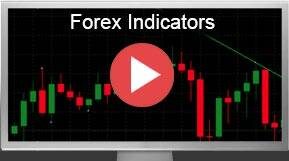
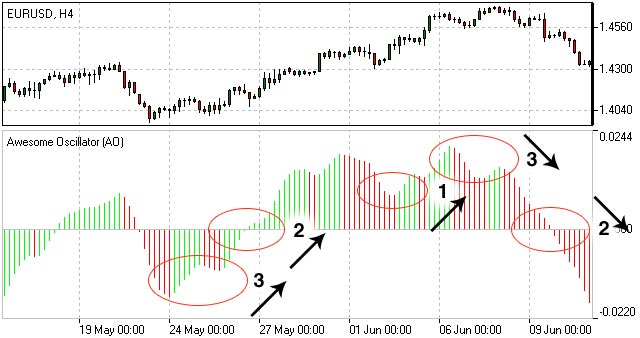



















 SHARE
SHARE

